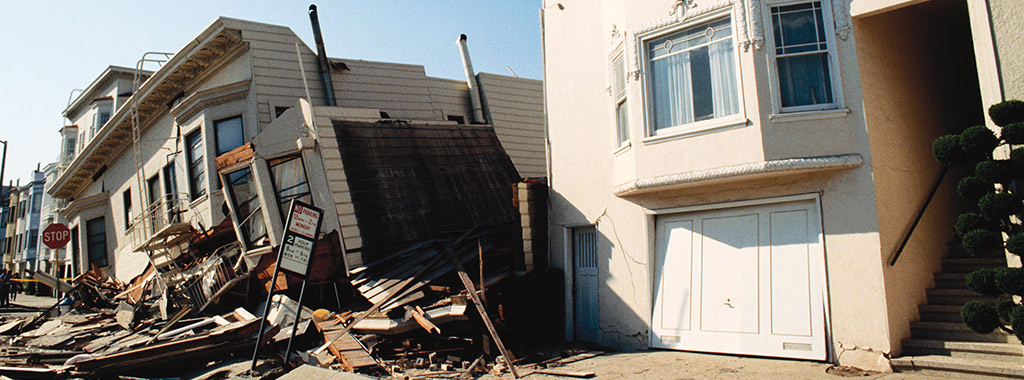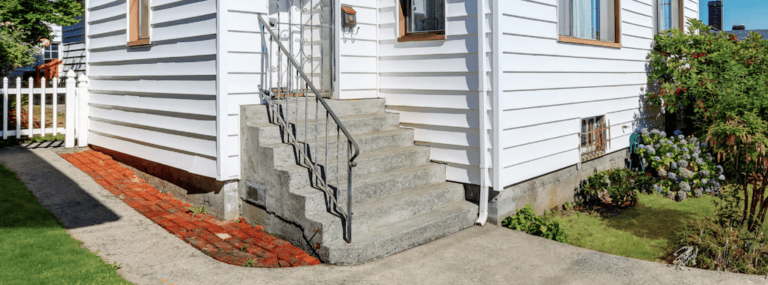How to Strengthen the Frame of Your Home
Building with a continuous load path strengthens the structural frame of your house. So what is a continuous load path? It’s a method of construction that uses a system of wood, metal connectors, fasteners (like nails and screws) and shearwalls to hold the structural frame of the house in one piece. A continuous load path is like a chain that ties the house together from the roof to the foundation.
A continuous load path is critical during an earthquake because it helps hold the house together when ground forces try to pull it apart. A home is more likely to withstand an earthquake and stay intact when all parts of the house — roof, walls, floors and foundation — are connected to each other.
Homeowner Earthquake Checklist
An earthquake-safe home is characterized by the following:
- Wood walls around the perimeter of the home are secured to the foundation, using anchors, bolts, sill plate connectors and holdowns (i.e., connectors specially designed to help hold framing down to its foundation).
- Metal strap ties or holdowns are used to connect the second floor to the first floor.
- Beams and joists are joined together with metal connectors and fasteners (the critical points within the frame of a home are where two pieces of framing material meet).
- Metal connectors are added to connect the roof to the wall top plate.
- Post-to-beam connections are reinforced with metal connectors.
- Minor foundation wall cracks are repaired with epoxy.
- Code-listed products such as those from Simpson Strong-Tie have been used. Not all structural products are alike or code approved. Simpson Strong-Tie takes great pride in manufacturing the highest-quality metal connectors, anchors, fasteners and shearwalls that meet or exceed all code requirements. To find a Simpson Strong-Tie builder, visit .

5 Tips for Homeowners Living in Earthquake Zones
Looking for more resources to prepare your home for earthquakes? Or do you need help answering the question, Should I Retrofit My Home? Check out these 5 Tips for a Safer and Stronger Home.


